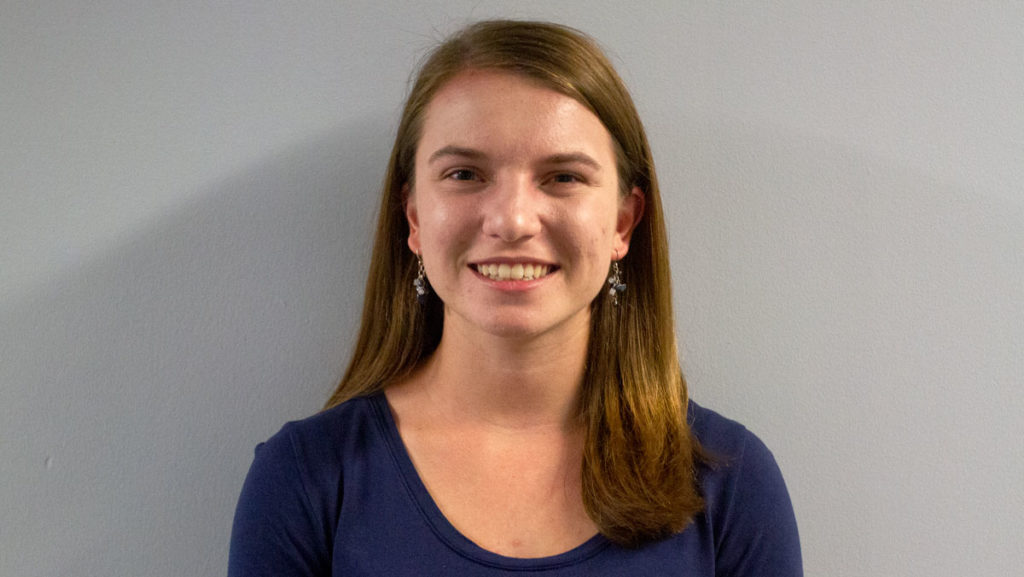This is a time of year that is incredibly difficult for college students. We have officially reached the point in the semester where papers, projects and exams have piled up, making it tough to focus on anything besides our classes and schoolwork. This also means that we are even more caught up in our campus bubble more than ever, making it all too easy to overlook the suffering of many community members around us.
Ithaca is a part of a homeless crisis that is affecting our entire nation. The Ithaca Rescue Mission recently closed its doors and, although St. John’s Community Services has stepped in to help fill in the gaps, many members of our community are affected by the freezing temperatures. To put this in perspective, St. John’s only has 12 beds for the people seeking warmth. We are quite literally insulated on South Hill while, less than two miles from our campus, the homeless situation in Ithaca has reached a crisis point.
To be clear, I’m not saying that we, as students, faculty and educators, need to feel guilty for being lucky enough to be at this institution. We don’t need to blame ourselves for being warm or regret that we have heat in our dorms or blankets on our beds. However, we do need to be willing to recognize our privilege and extend ourselves to be present in the community we are currently a part of. As stressful as this time of year is for us, we have the incredible blessings of learning and having roofs over our heads; while this may be cliché, it’s also true.
When we look at homelessness, it’s easy to become overwhelmed by the sheer numbers of people affected. In New York state alone, there are 89,503 people who experience homelessness — or a lack of permanent housing — on a given night. As college students, it’s not possible for us to instantly fix the issue or individually “solve homelessness.” However, there are tangible, actionable ways for us to make a difference, even in the midst of finals.
On an individual basis, we need to confront our own stigmas and biases. It’s so incredibly important to view individuals who are homeless as “people” first and “homeless” second. One of the best ways to help the homeless is to go beyond donating a dollar; actually reach out as you walk around on The Commons. Offer to buy someone a cup of coffee and ask about their story and situation. Bring a gently used blanket or winter coat back from the break to donate to drives like Share the Warmth. Reach out to places like Second Wind Cottages or St. John’s Community Services to learn how you can make a difference by volunteering or becoming involved with their causes. Educate yourself about legislation proposals, like Housing First, that can make a difference at both a community and national level.
Most importantly, bear in mind that homelessness is more than a statistic or stereotype — and change starts on a personal level.




